So-calledLive-action comic adaptation, which is to generate a new two-dimensional picture from a real person's picture. In AI painting, this is a very common application scenario. Regarding live-action comic adaptations, several production methods have been shared in the previous advanced series, but the implementation methods are relatively simple. It is difficult to achieve consistency between real people and corresponding two-dimensional effect pictures, whether it is character clothing, background elements, picture colors, etc. Today, I will share a live-action comic adaptation production method that can basically achieve commercial delivery. Let's first look at the renderings of live-action comic adaptations.
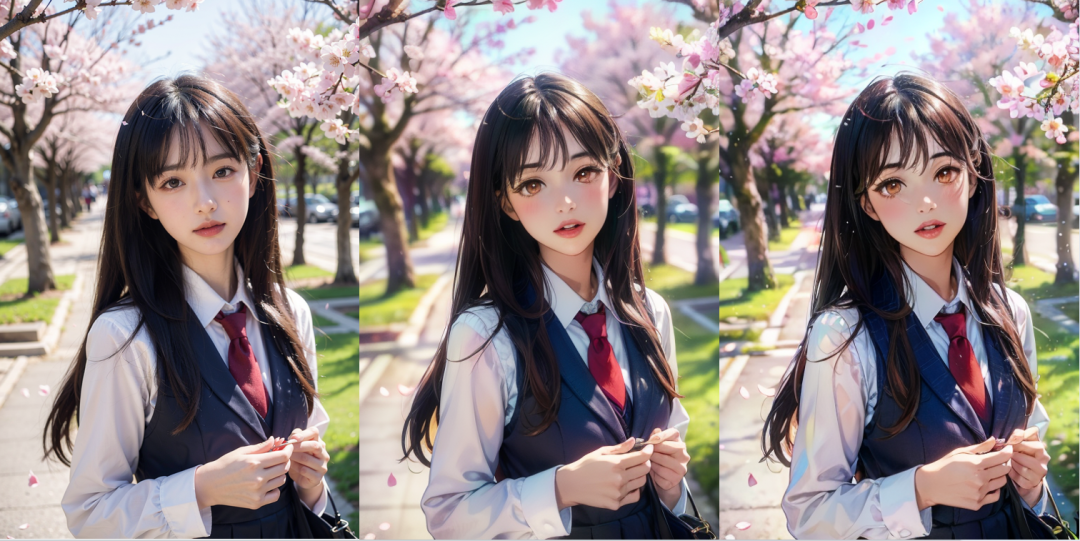
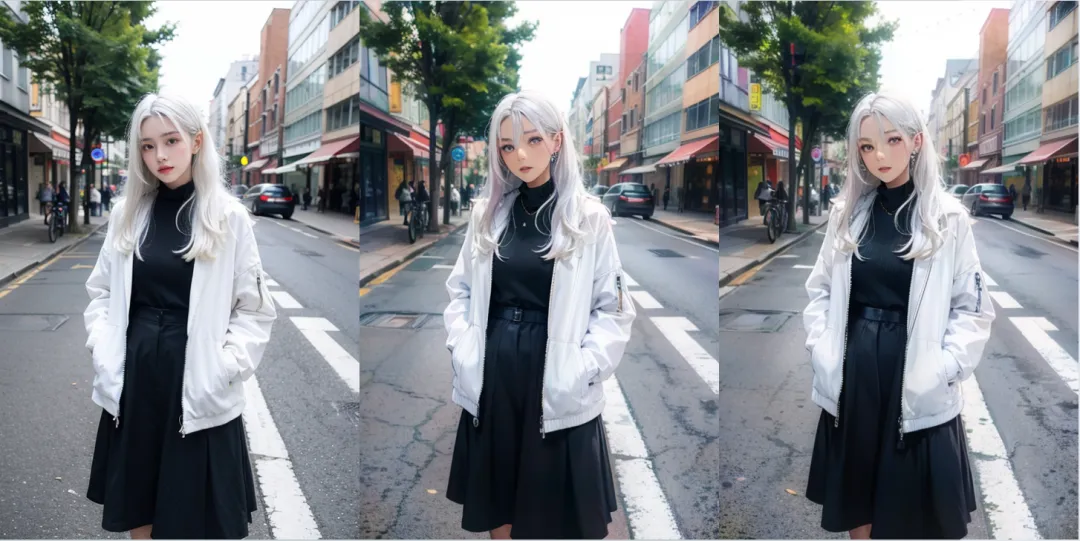
1. Production methods of live-action comic adaptations
Next, we will use the real-life picture below as an example to explain the production method of real-life comic adaptations.
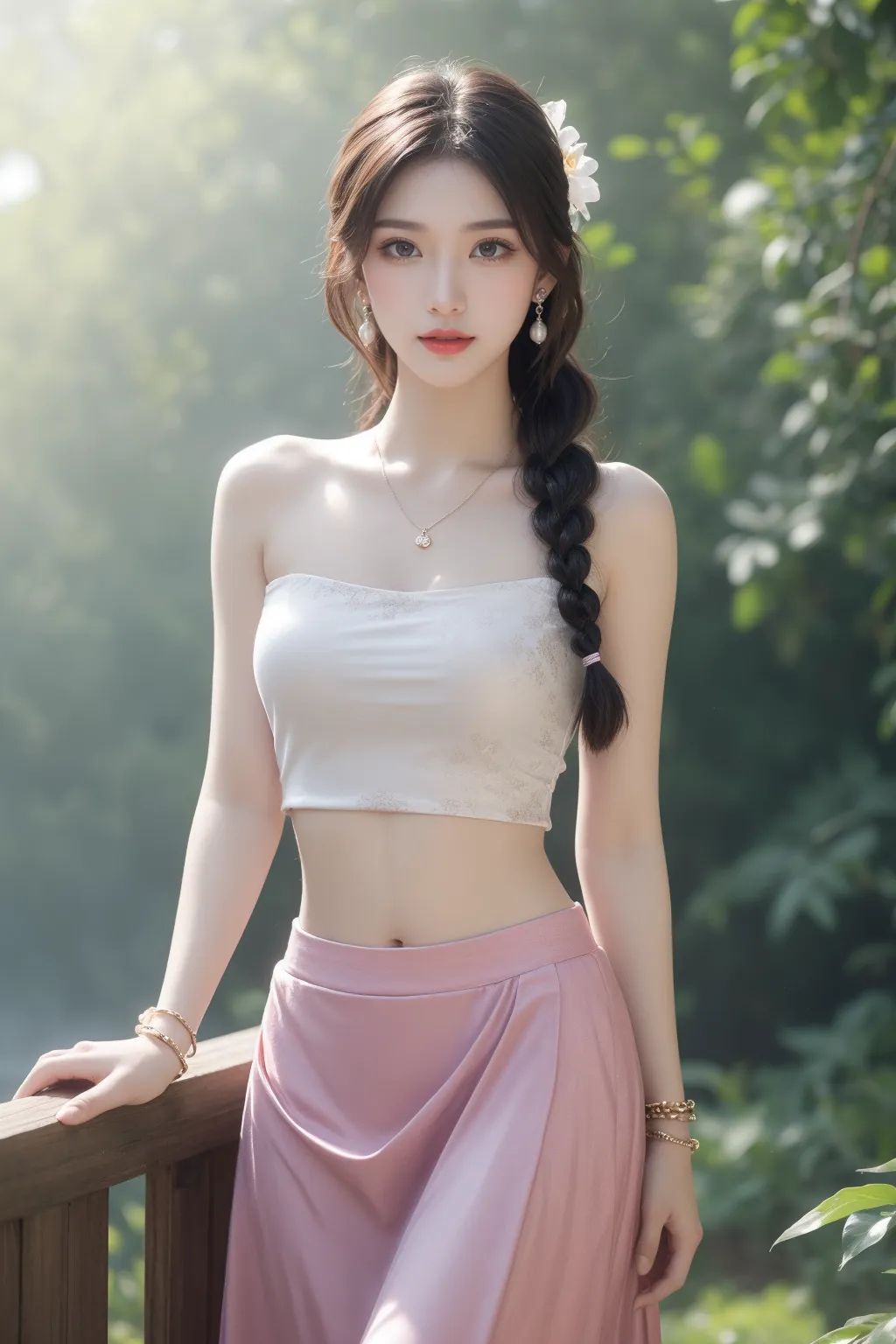
[Step 1]: Selection of large model
Live-action comic adaptations require the generation of two-dimensional images, so the large model needs to be a two-dimensional large model.
Used here: AWPainting
Model download address(You can also get the network disk address at the end of the article)
https://www.liblib.art/modelinfo/1fd281cf6bcf01b95033c03b471d8fd8
【Step 2】:Writing prompt words
We use the WD1.4 tagger to obtain the prompt word information of the image.
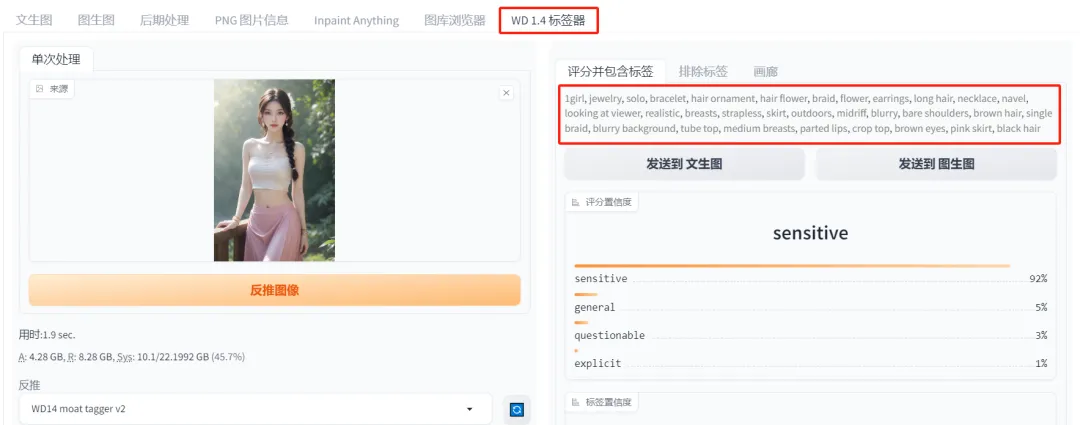
The prompt words obtained through the WD1.4 labeler plug-in are:
1girl, jewelry, solo, bracelet, hair ornament, hair flower, braid, flower, earrings, long hair, necklace, navy, looking at viewer, realistic, breasts, strapless, skirt, outdoors, midriff, blurry, bare shoulders, brown hair , single braid, blurry background, tube top, medium breasts, parted lips, crop top, brown eyes, pink skirt, black hair
Because we need to generate corresponding two-dimensional images from real-life comics, we need to check the prompt words. It is recommended to use translation software to translate the prompt words and check them in detail, and remove the prompt words that do not meet the requirements. For example, the prompt word realistic needs to be removed. Some of the prompt words inferred from the pictures include freckles, mole, and other keywords that affect the beauty of the face, which can also be removed.
Positive prompt words
Prompt:1girl, jewelry, solo, bracelet, hair ornament, hair flower, braid, flower, earrings, long hair, necklace, navy, looking at viewer, breasts, strapless, skirt, outdoors, midriff, blurry, bare shoulders, brown hair, single braid, blurry background, tube top, medium breasts, parted lips, crop top, brown eyes, pink skirt, black hair
Prompt word: girl, jewelry, solo, bracelet, hair accessories, hair flowers, braids, flowers, earrings, long hair, necklace, belly button, looking at viewer, breasts, strapless, skirt, outdoors, abdomen, blurred, bare shoulders, brown hair, single braid, blurred background, halter top, medium breasts, parted lips, belly top, brown eyes, pink skirt, black hair
Reverse prompt word
ng_deepnegative_v1_75t,(badhandv4:1.2),(worst quality:2),(low quality:2),(normal quality:2),lowres,bad anatomy,(bad hands),((monochrome)),((grayscale)) watermark,moles,many fingers,(broken hands),nsfw,
Related parameter settings
- Sampler: DPM++ 2M Karras
- Sampling iteration number: 30
- Image width and height: 512*768.
- Prompt word guidance coefficient (CFG): 7
[Step 3]: ControlNet settings
Here we use 3 ControlNet units.
ControlNet Unit 1: The Depth control model is used to control the distance between screen elements to be consistent
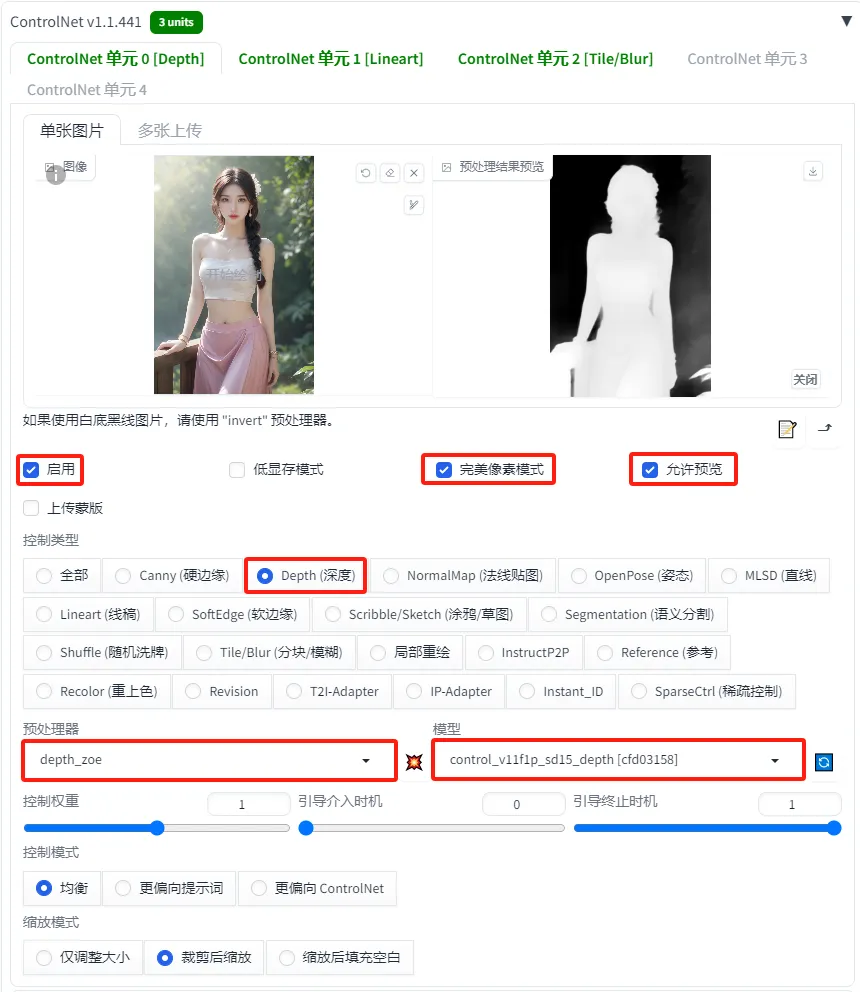
The relevant parameter settings are as follows:
- Control Type: Select "Depth"
- Preprocessor: depth_zoe
- Model: control_v11f1p_sd15_depth
- Control weight: 1
- Guided intervention time: 0
- Boot termination time: 1
ControlNet Unit 2: Lineart control model is used to control the consistency of the lines of the picture
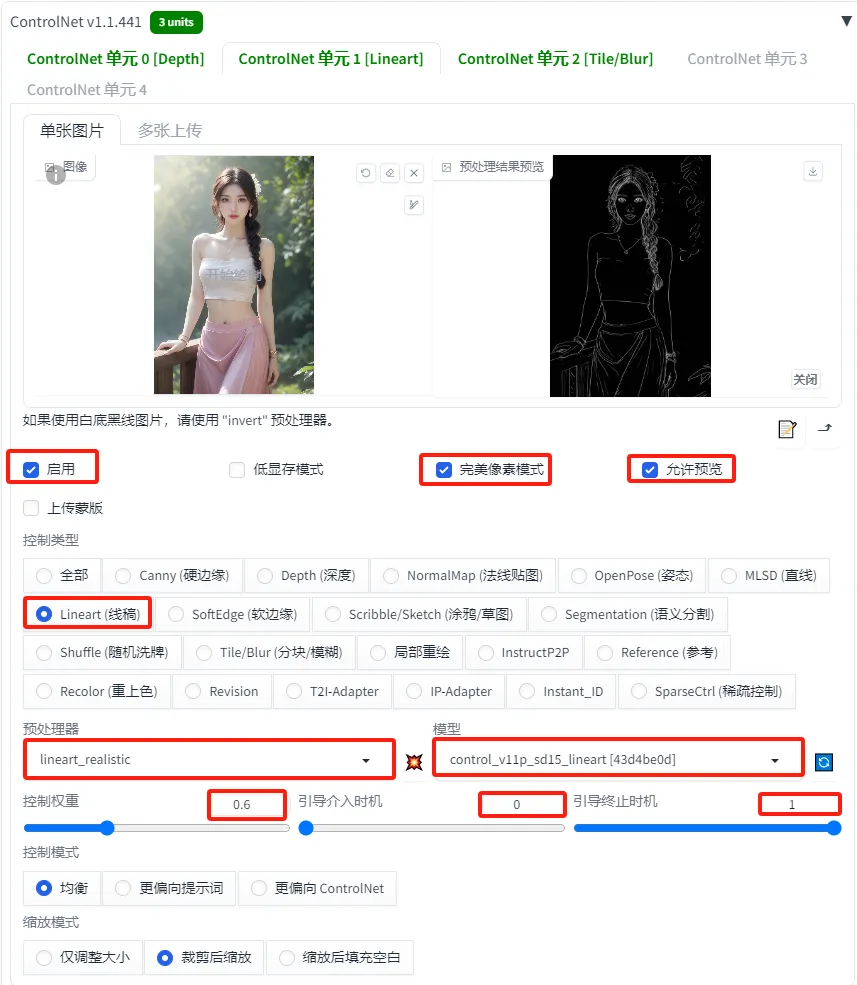
The relevant parameter settings are as follows:
- Control Type: Select "Lineart"
- Preprocessor: lineart_realistic (used to identify lines in real-life pictures)
- Model: control_v11p_sd15_lineart
- Control weight: 0.6 (The facial features of real-life photos and 2D photos do not match, so the control weight of ControlNet is appropriately reduced here)
- Guided intervention time: 0
- Boot termination time: 1
ControlNet Unit 3: The tile control model is used to control the consistency of the screen color
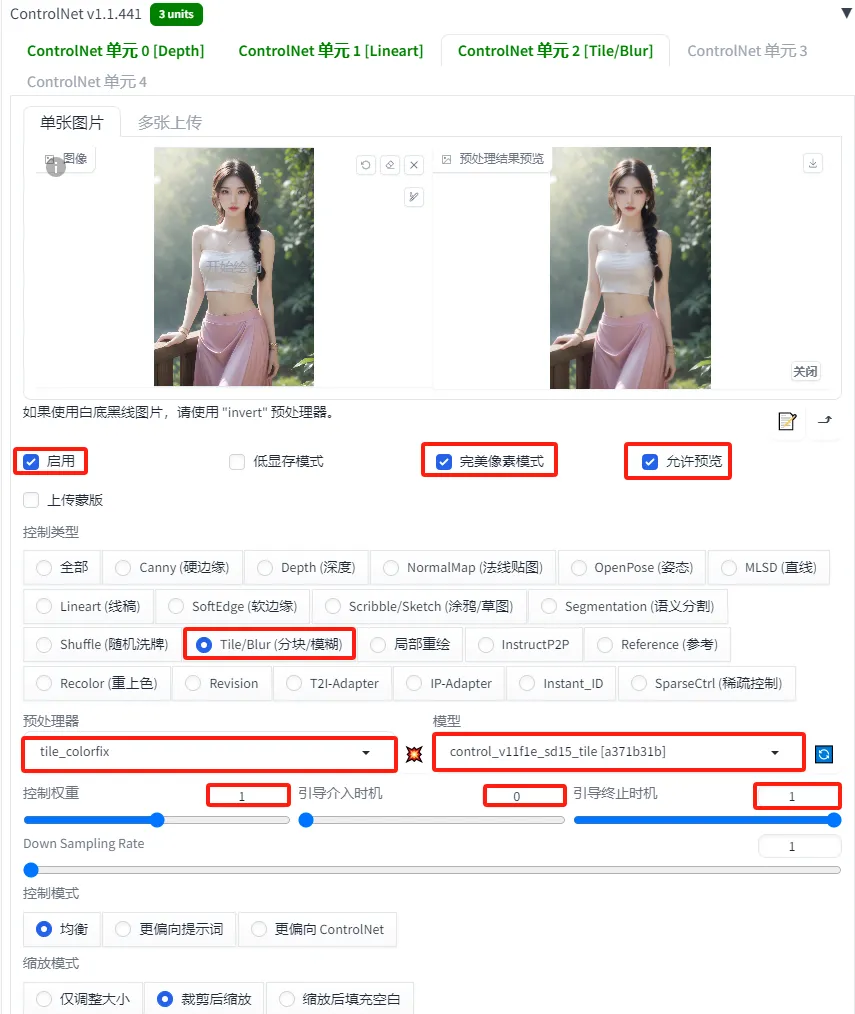
The relevant parameter settings are as follows:
- Control Type: Select "Tile/Blur"
- Preprocessor: tile_colorfix (used to fix the color of the image in blocks)
- Model: control_v11f1e_sd15_tile
- Control weight: 1
- Guided intervention time: 0
- Boot termination time: 1
【Step 4】Image generation
Click the [Generate] button and let’s take a look at the final generated image effect.
Original real person picture
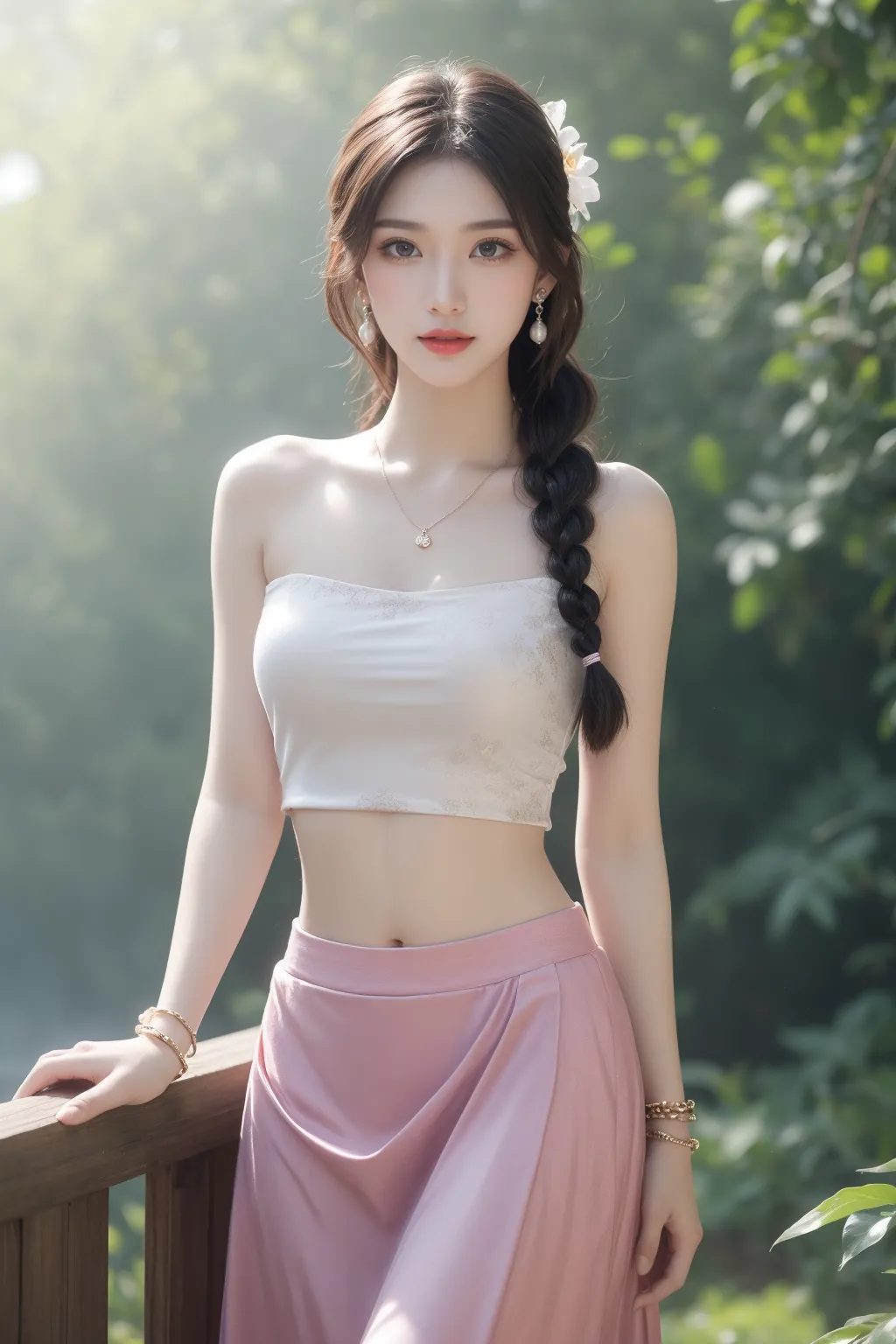
Second dimension pictures
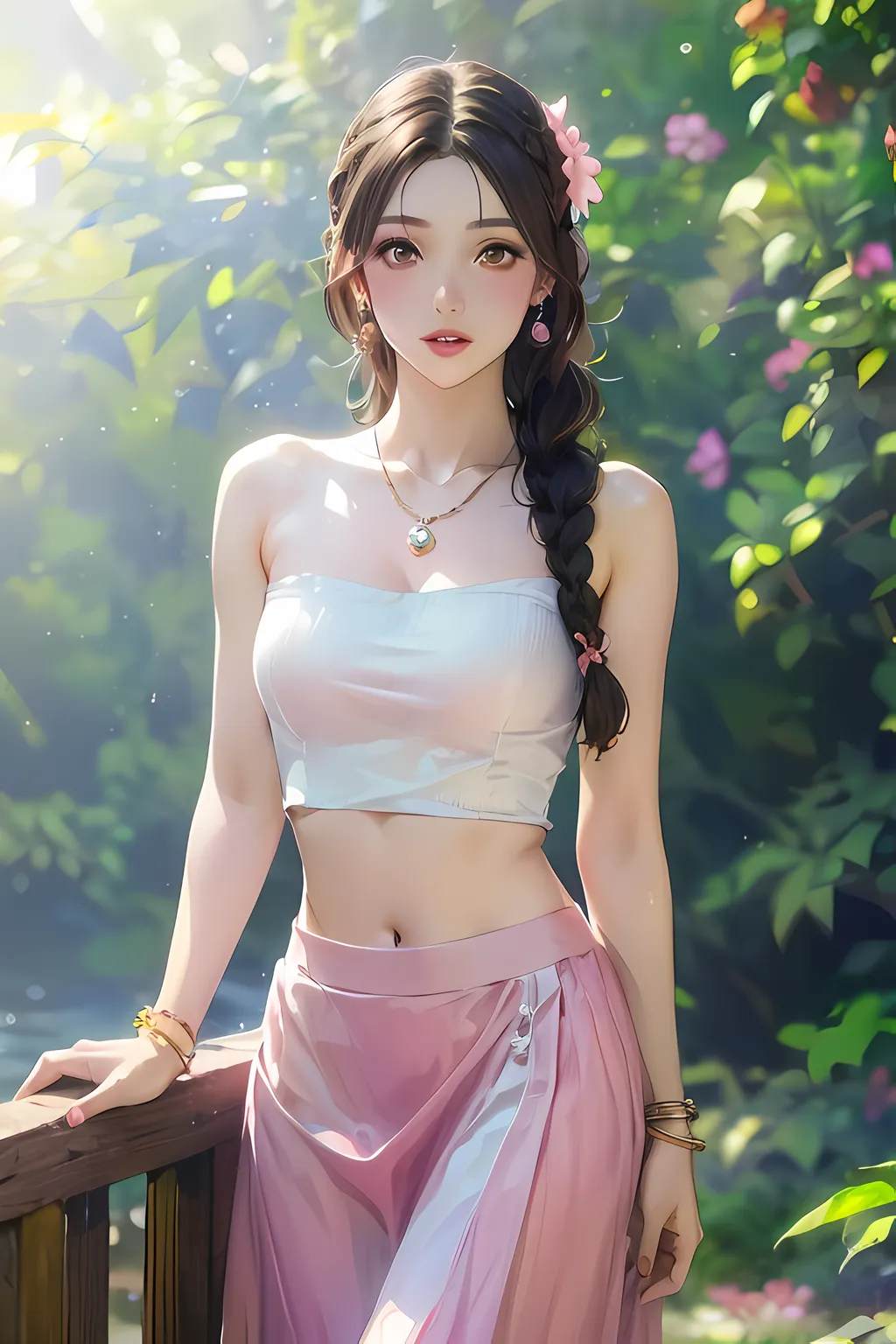
2. Related instructions
(1) Regarding the choice of large models, you can try various styles of two-dimensional large models.
(2) Three ControlNet control models are used in this example:
- The Depth control model controls the distance of the image
- The Lineart control model controls the overall lines of the image
- The Tile model controls the color of the image.
Since the Tile model has the effect of changing the details of the image, in this example, the background elements of the two-dimensional image are leaves, which will appropriately enrich the background element information of the image.
(3) The production method still needs to be improved in some details. For example, the style and color of the earrings worn by the beauty are not consistent.
Okay, that’s all for today’s sharing. I hope that what I shared today will be helpful to you.
The model is placed in the network disk, and those who are interested can take it!
https://pan.quark.cn/s/b3df771404e2